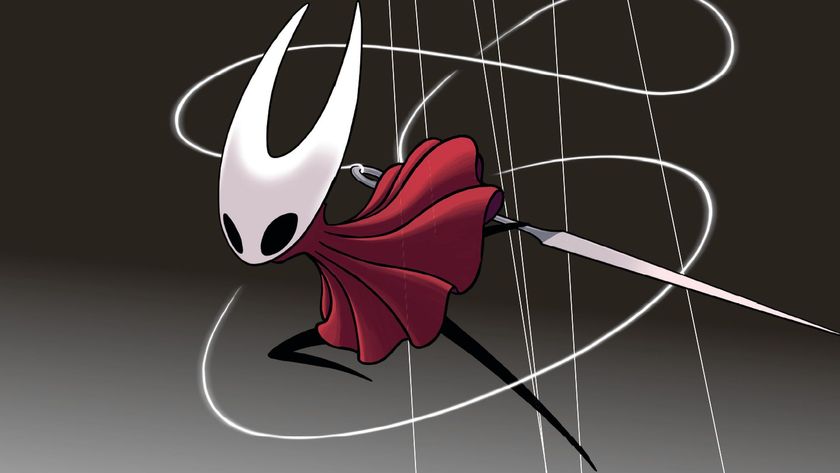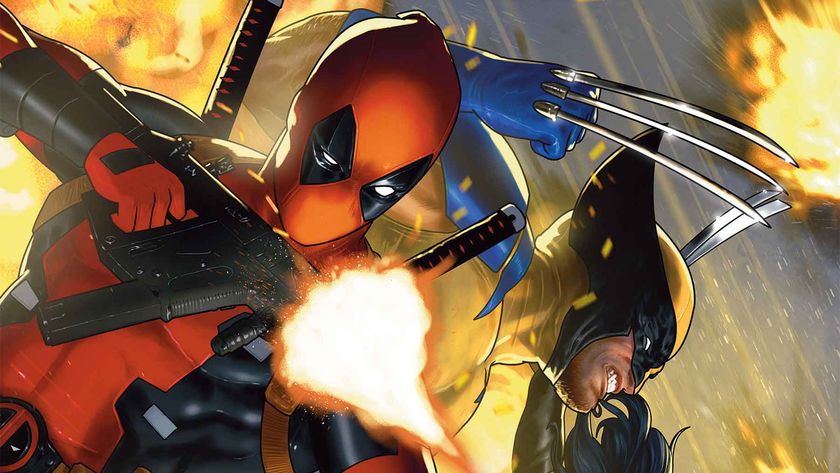How Arkane made Dishonored an instant classic by balancing delicate stealth with wild swashbuckling
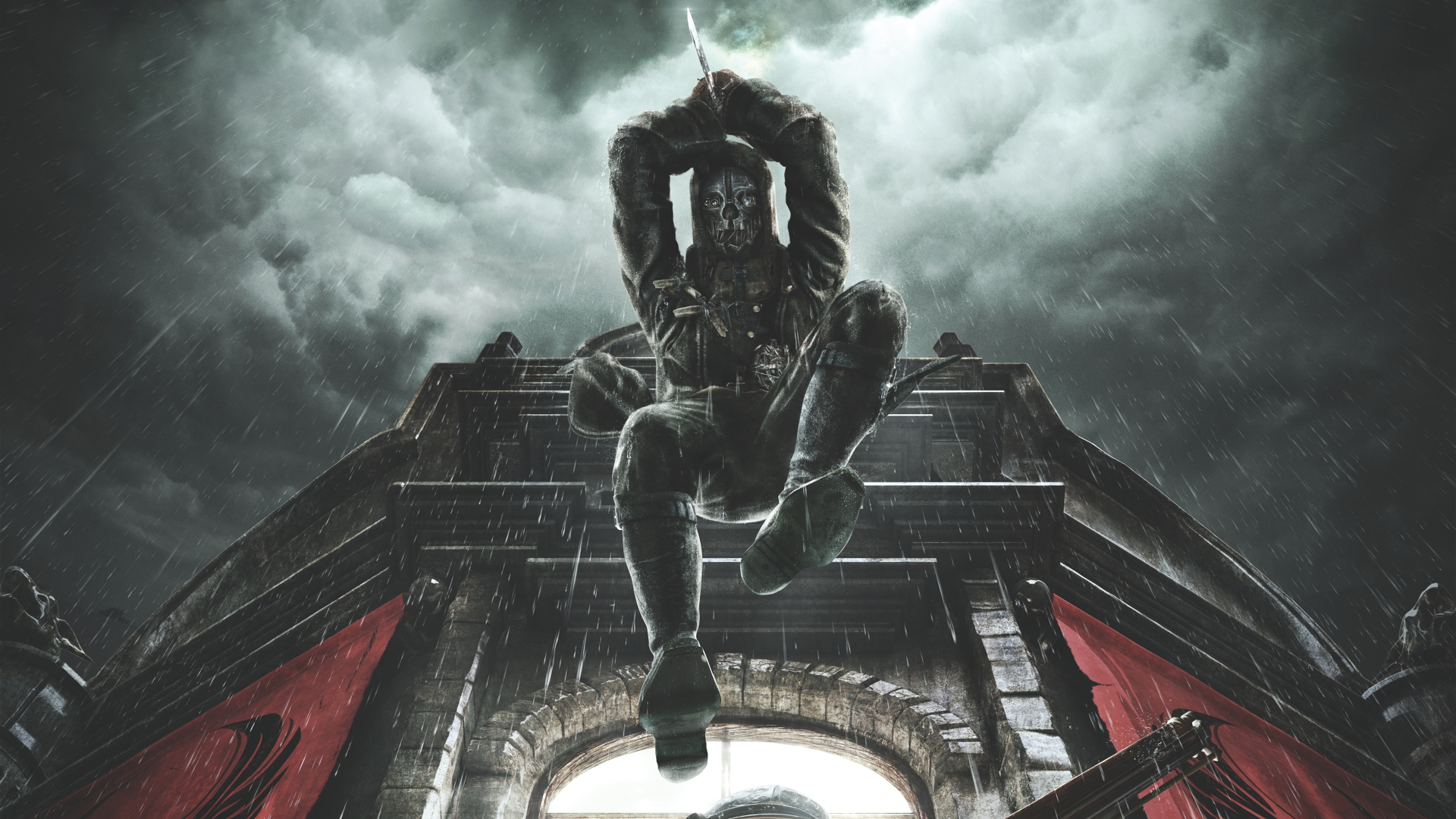
Dishonored is one of the great success stories of the last generation, a blockbuster assassination adventure with an indie heart that happily moved against the ‘sequels and reboots’ trend of the time. Here was something genuinely new, a brilliantly conceived world of punk Victoriana that arrived fully formed, and from left field: Dishonored’s creators Arkane Studios had only a handful of credits to their name when they embarked on this journey.
Their first game was Arx Fatalis, a PC-only dungeon crawler with old-school sensibilities that attracted a small cult following. Next they made Dark Messiah of Might and Magic for the PC and Xbox 360, which was a first-person action game set in the Might and Magic PC strategy universe. The story of Dishonored begins with Dark Messiah, a game that had no right to be as good as it turned out to be. One of the best first-person melee action games ever made, it turned a room full of orcs into a swashbuckling sandbox. You could chop off heads and arms, fling fireballs into pools of pitch, and boot greenskins into wall-mounted spikes. Its run-of-the-mill fantasy setting disguised the greatest Errol Flynn simulator ever made.
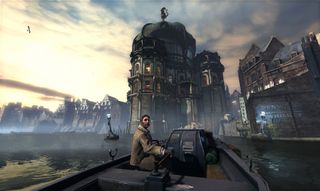
Until Dishonored, that was. The game retained Dark Messiah’s kinetic melee system and relatively realistic physics, but shifted the emphasis onto murky stealth and murderous magic. As bodyguard-turned-fugitive assassin Corvo Attano, your pursuit of corrupt noblemen and shadowy conspirators can take many forms – including Dark Messiah-style derring-do – but the game encourages and rewards thoughtfulness, too. Each Dishonored level is a sandbox built out of carefully conceived moving pieces. There’s the environment itself, which operates its own internal logic: keyholes to peek through, volatile oil canisters that power security devices, rats in the shadows and fish in the water. There are human NPCs with different agendas occupying different social strata, from thugs in the street to guardsmen, and from servants to the political elites that are, more often than not, your ultimate target. In each mission, some of these NPCs will have behaviours or scripted encounters that are specific to that mission; for the most part, though each member of the cast follows their own directives.
You are inserted into these vast locations in order to break them. Not just to kill people, blow things up or open locked doors, but to crack the riddle of the level itself. All your powers and gadgets are designed to help you do this. Importantly, they are also there to encourage you to think creatively – your armoury is a palette.

Your swords, guns and crossbows – and a variety of special ammo types – support a pretty straightforward interpretation of ‘break’. But then you have magic. Possession allows you to project yourself into the minds of animals, and later people, opening up new routes and disturbing the natural order of the simulation. Using the Devouring Swarm ability allows you to summon a horde of rats to consume corpses, but this also has ramifications for dynamic NPCs that are programmed to react to vermin.
Your ability to slow, and ultimately stop, time complicates things further. There are the straightforward combos everyone remembers, such as waiting for a guard to fire, then stopping time, possessing the poor sap and moving him in front of his own bullet. But the possibilities for creative malice expand the more you think about them.
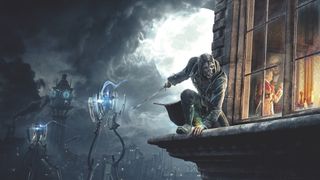
In one mid-game mission, the well-defended target will hole up in a safe room if you create a disturbance on the way in. Enter stealthily, however, and he’ll make his way down to his bedroom believing that the coast is clear. On the way in, you can hear him berate an inferior over video-link, saying one of his protective ‘walls of light’ (a man-incinerating laser gate, basically) isn’t powered. This is a minor detail, but it’s not just fluff. There is actually a servant getting a new oil canister as he speaks, and this servant will subsequently carry the oil to the gate and power it up.
Sign up to the 12DOVE Newsletter
Weekly digests, tales from the communities you love, and more
Unless you get in the way. How’s this for a takedown: possess the servant and redirect him so that he innocently crosses paths with the target as the target is moving downstairs. The moment they meet, disengage from the servant, stop time, and move to a safe distance. Place a crossbow bolt in the air, targeting the oil canister. And hide.
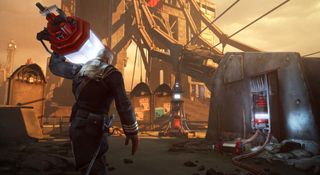
The moment time resumes, the bolt will silently strike the canister, which will explode – killing the servant, the target and his guards. You’re already a safe distance away, so nobody could suspect your involvement. That’s why Dishonored is special: not because it’s difficult (if you want to just sprint through the game stabbing everyone important, you pretty much can), but because it challenges you to be inventive, to tell your own stories with the violent vocabulary it teaches you.
In this sense it shares common ground with a long line of stealth games, including the Hitman, Deus Ex and Thief series. There’s a good argument to be made for Dishonored being their successor and superior, however, because it gets the basics right too. Deus Ex and Hitman are both great stealth games – and terrible shooters. Thief doesn’t want to be an action game at all. Thanks to the vital groundwork laid by Dark Messiah, Dishonored also works as a fantastic, fast-paced combat sim. Look up a YouTuber like StealthGamerBR to see what the best players can do with all of these interlocking systems: headshots into timestops into perfectly placed razor traps, with crossbow bolts fired minutes earlier timed perfectly to strike a guard’s cranium as they round a corner.
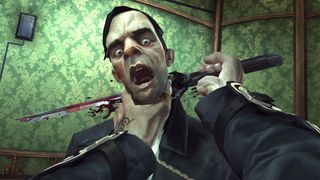
Dishonored’s weaknesses come from the structure of its campaign, which drifts away from pure sandbox assassination in its more linear later stages before returning to it spectacularly at the very end. There are also flaws in the Chaos system, an invisible metric that gauges how much devastation Corvo is leaving in his wake. On paper, it’s a clever idea: the more people you kill, the darker the world becomes. There are more rats in the sewers, characters respond to you differently, even the weather in the final mission changes. In practice, however, this makes a state of high Chaos feel a little like a punishment.
“Suck it up,” is one obvious answer, “perhaps you shouldn’t have stabbed so many people in the neck.” But it can leave players feeling forced to play stealthily and non-lethally, which restricts the tools you can use (there are no non-lethal applications for a gun) and the resolutions you can pursue – each target can be disposed of without blood, but these canned solutions are at odds with the game’s freeform approach to murder. But Dishonored doesn’t force you to do anything. Despite these flaws, there’s nothing stopping you from playing in whatever way you find rewarding.
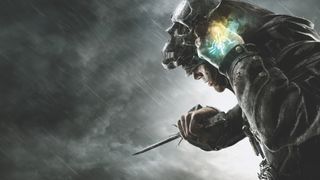
Stealth games are judged on the design of their underlying systems, and in this sense Dishonored excels. And it’d still excel even if it was set entirely in a series of grey corridors, or starred generic future-soldiers (just ask the first Deus Ex). The other feather in Dishonored’s cap (cowl? Mask?) in that regard is its art and fiction. In an industry preoccupied with the same few sci-fi and fantasy backdrops, Dishonored stands out.
The city of Dunwall, where the entire game is set, is the lovechild of the whaling cities of New England and the industrial powerhouses of the Old World. These are the seeds from which Dunwall was carefully grown into its own place, with its own history. Look closely at each building and you get a sense of what it might have been before its inhabitants abandoned it. Climb up onto a rooftop and take a look at the skyline and you’ll realise that you can place yourself in the broader city using landmarks that are consistent from mission to mission.
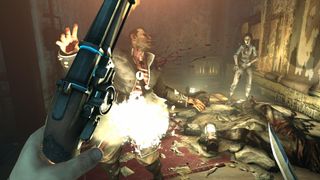
There’s a strong sense that Arkane looked beyond gaming when creating this place and its occupants. While Dunwall’s buildings are inspired by real cities and real architectural principles, the game’s palette echoes 19th-century landscape art (look up John Atkinson Grimshaw). The gaunt, angular faces of the people of Dunwall recall Victorian caricature, and Arkane even used real-world sculpture to give the game a tactile, physical quality.
Hidden in dark corners you have the subtle Lovecraft-shaded horror of the game’s supernatural element. The mythology that underpins Dishonored is subtly expressed through side characters, supporting text and environmental detail. Although this is a game about political conspiracy and rapidly-advancing industry, there are some tantalising questions lurking beneath the surface: what is the connection between whales and old magic? Is the plague man-made, natural or something else?
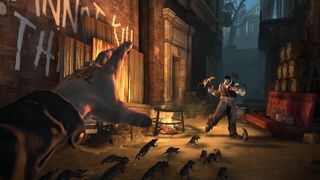
Dystopian retro-future technology clashes with Dunwall’s old brickwork like an invading force: there’s even something of H. G. Wells’ Martian tripods in the ungainly gait of the city watch’s deadly Tallboy walkers. Even the fashion trends are carefully considered, from the imperious lines of the Empress’ official garb to the grotesque gowns and masks worn by the revellers at Lady Boyle’s party.
This is why, despite the Victoriana and the retro tech, Dishonored isn’t steampunk. Steampunk ideas and key images bear a lot of repetition, and are used lazily as often as they’re used well. You can take any adventure story, apply cogs, top hats, goggles and airships, and call it steampunk. Arkane’s work on Dishonored is different: though it shares points of reference, the look and atmosphere it ends up with are the product of lots of original research and creativity. As such, it defies expectations of its genre – and games in general.
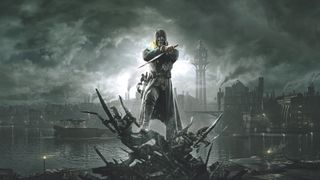
Dishonored’s idiosyncrasies should only have won it cult classic status, like Dark Messiah – well-loved but unprofitable. Yet Arkane managed to strike a chord with the game that made it unexpectedly successful for a new series and paved the way for this year’s sequel. In part this is thanks to those same idiosyncrasies. Dishonored has found itself with a far broader and more diverse fanbase than a stealth action game of this kind might have expected to attract.
Had it been more traditional – a game about cyberpunks or ninjas – it seems unlikely it would have drawn in quite so many cosplayers and fan artists. There’s a lesson for the industry as a whole here, then, one that echoes the message Dishonored sends its players: given good tools and plenty of freedom to use them, there are benefits to pushing yourself to do something different.
This article originally appeared in Xbox: The Official Magazine. For more great Xbox coverage, you can subscribe here.

